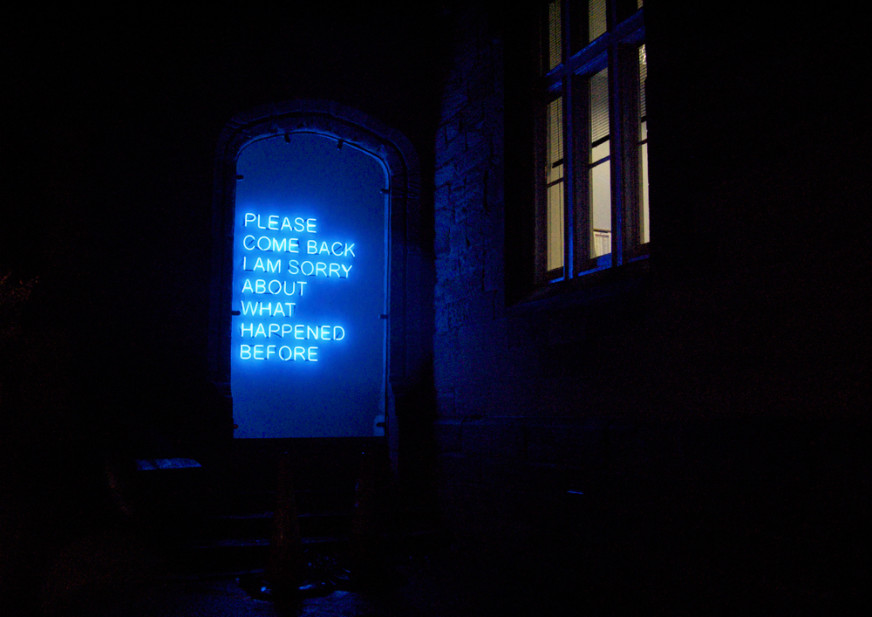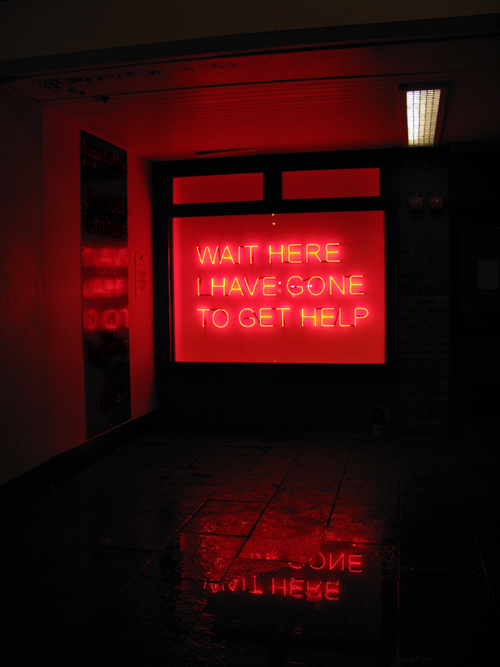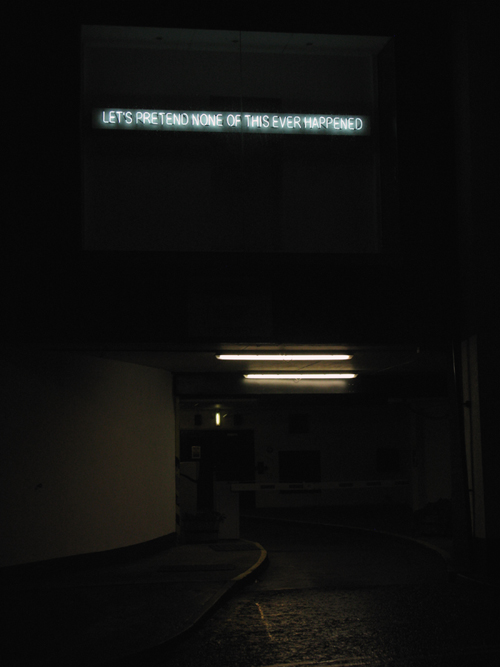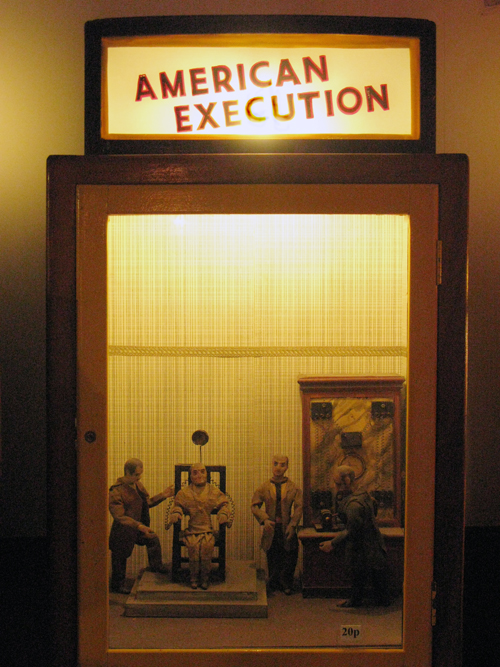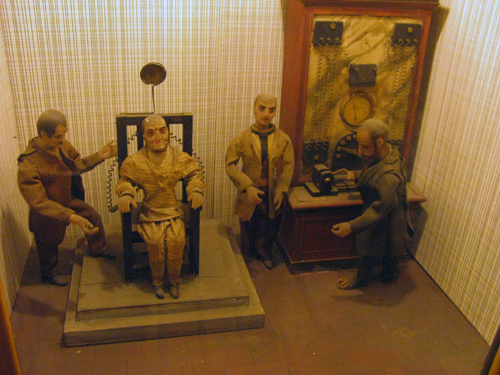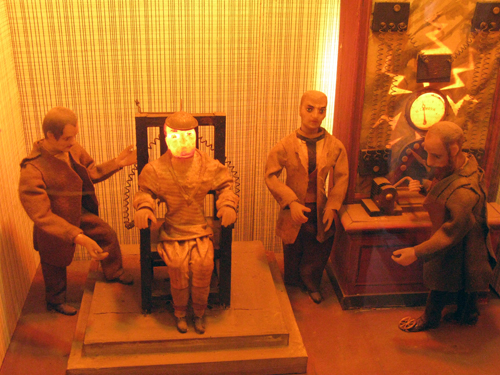A while back I took part in a kind of workshop/think tank project called Expo Zero, convened by choreographer Boris Charmatz at his Musee de la Danse in Rennes. I wrote a bit about my participation in the Guardian – the Expo was a kind of open ended and experimental look at dance, esp the idea of dance in relation to archive and history, as well as a public wondering-out-loud about the idea of a Dancing Museum. Anyhow. In preparation for the week long encounter in Rennes I asked a few good friends and colleagues to send me memories of dance or dances, movement or movements – fragments from life or from dance, or from dance in life, which I hoped would feed into my work at the Expo. I’m going to post just a few of the fragments here and there in the next week or so, since they stand alone very well, and because (as often) I was so lucky with what my friends chose to share. Get the feeling I might continue to collect these.
In around 1974 aged about 8, I spent several school lunchtimes one summer hidden in a small group behind the temporary classrooms that had been put up on the playing field. Stuart D. had begun bringing in his battery powered red and white plastic record player. These were secret meetings. It was our secret. We sat round in a small circle about six or seven boys listening to Stuart‘s Mum‘s Elvis singles, mostly Jailhouse Rock because it was the wildest but also my favourite Mess Of Blues.
I had never heard music like this before or certainly not consciously. My sister liked Slade and Marc Bolan but I don‘t think she actually owned any of their records and I certainly don‘t remember a previous occasion of just focusing on music. Maybe it was the secrecy of our meetings or just the intensity of the situation, but this was a dark, powerful and really somehow quite sexy experience for all of us. We would then take it in turns to dance watching each other. We were trying to move to the music in a way we felt was most appropriate or how we imagined older, cooler, tougher, or sexier people might move to it.
This was my first active experience of listening to music in this way and my first memory of actively wanting to move to a piece of music without being told to do so. The movements we made involved skipping from leg to leg, flicking forward our over-extended feet, so that the feet were stretched down to the front, legs bent. Our arms swung rhythmically,our bodies twisting from left to right with our knees making somehow alternating circular motions. It seemed to be most satisfying when you made each twist and swing harder and deeper. The head was kept looking downward. Jason S. once caught us trying to dance and said “Oh your trying to do the Bop!” I think were quite proud that someone as cool as Jason saw something good in what we were trying to do.We had never heard of “The Bop”.
This, later led to a strange pre-teen fascination with Elvis, Buddy Holly and in particular Jerry Lee Lewis. Once, having confessed to my parents about “doing the Bop” I was twice talked into demonstrating these movements for other family members. Once for my aunt at Christmas and then another time at my grandparents which I remember as deeply depressing and somehow it didn‘t work so well on carpet.
(Phil Hayes)
When I was 18 years old and wanted to be a writer I some how ended up training instead with the most famous postmodern dancers of their generation on the theatre course at Dartington College of Arts. This was a huge suprise to me because most bookish students I knew went off to University to read English Literature and write essays on the novels of Jane Austen. Before Dartington, I spent a year working as an usherette at The Gate Cinema. I tore tickets and dished out scoops of ice cream and wondered what to do with my life.The films they were showing at the time were all Derek Jarman’s early films…Jubillee, The Last of England….and so I got to meet Derek who came to the cinema often, and it was he who told me about Dartington and encouraged me to apply.
Dance was called Movement on the time table and we had to do it every morning from 9am to 11am . In the first year we had to walk around the dance studio a lot and then break in to a run. Every time I felt bored I reckoned Derek was with me and that it must all mean something. The revelation I had in the hands of my brilliant tutors Mary Fulkerson and Steve Paxton was not particularly a dance revelation, but a perceptual revelation- by which I mean I began to see things that were once invisible to me
What I began to see was how the human body is aligned. This sounds like a small thing but you just don’t get it from pictures of skeletons…..I began to notice how people lived in their bodies – not just dancers but everyone else: my mother, my boyfriend, shop assistants, cops, bus drivers. It gave me a vocabulary that up to then I didn’t even know I wanted or needed.
There was an exercise we had to do in class where one part of the body leads the dance, the little finger of the right hand for example. I began to see this was true of every day life as well. Some people lead with their chins or breasts or balance on the heels of their feet so they sway backwards.
I began to understand something about how the body works with or against gravity which I just hadn’t seen before – it was not visible to me because I wasn’t looking for it, but now I was, and from this I began to put together some thoughts which were communicated to me through the body rather than through ideology: thoughts about who feels entitled in the world-who takes up the most space or dominates a room and how their bodies achieve this.We always had to do “movement” barefoot and the aim was to “find a neutral body”. I understood this but I also knew in life there is no such thing as a neutral body..nor is it desirable out of a dance context. It’s a bit like pretending we have neutral emotions. Dance has taught me more about writing than anything else – in particular how a performer can create a black hole on stage and be something I never want to look at – even though the lights are blaring above them, and how another performer can lurk in the shadows and he or she is the only place my eyes want to be.
(Deborah Levy)
It’s a slate move, but it’s on a sea-cliff in the sun. It’s Indian Summer, maybe in Pembrokeshire, maybe down in the toe of Cornwall–the real Cornwall. Strong sun on your naked upper back. The rock has its own smell, sharp & somehow neutral, but that comes to you from underneath the smell of the sea. It comes to you from underneath the sound of the big waves at the bottom of the cliff. You did the first fifty feet without thinking about them, in a series of small elated jumps & springs, showing off to yourself, celebrating your own ability to direct energy. In those fifty feet you could stop, hang off a big hold, lean slightly to one side and do the pose “Looking at a Seagull or a Boat” or “Being Really Quite Completely in Command of This Stuff.” That condition ended–that narcissistic-kinaesthetic fuel ran out–about two minutes ago. Now it’s this: you have to go up to your full reach, at the absolute extension of every muscle & joint from right toes to left fingertips, and get the ends of the first two fingers curled over a one-eighth-inch ledge. It’s maybe three inches long, and it’s slanting downwards to the left. Once you’ve done that, you will have been thrown so completely out of static balance that you will have to move immediately or you will slip off the foothold and fall into the sea. The move is this: you are going to bend your arm quickly at the elbow, from completely extended to the point where you can actually engage the upper arm muscles, and pull hard. Pull very hard and quick on the one-eighth-inch ledge with the two fingertips you have on there, and at the same time start running your feet up the rock, until you can get the fingertips of the other hand on the one-eighth-inch ledge, which by then will feel as big as a football field you hope, and lock both elbows solid so you can push your right foot hard against the rock somewhere up near your diaphragm without levering yourself off. By this time your arse will be out over the drop. You will be out of breath but you will not notice that. You will not be noticing that or anything else much. Now shift your left hand to the right a centimetre, and put your left foot next to it on the one-eighth-inch football field. Line them up: left toe, left hand, right hand. An inch each. As soon as your foot touches, you will have to begin pushing down hard with both hands, through your fingertips and rigid-bent-claw-fingers and utterly abused finger joints, because the next thing you are going to do is stand up. There’s nothing to hold on the wall above. Your leg is bent in half and you can’t get it moving. Push down harder. Try and throw more of your weight over the ledge, which has gone back to being one-eighth-inch wide by three inches long. Push, push. Push. Your bones and tendons judder and stutter from locked to fluid, bent to straight. You do not want to know what is happening in your knee joint. Stand up very slowly and carefully. So ok either you are standing up there now or you are rolling back down towards the sea with you arms swinging out and your head banging on things. Either you are shaking so much you are going to fall off the ledge anyway, or you are shaking just enough to know you are alive. The sweat is fucking unbelievable. The chemicals are sluicing through you and though they’re good laughing chemicals they are making you shake even more. Someone is shouting up at you from near the sea, or maybe that’s a gull. You have no clue what you’ll do next; or care. The sunshine has come back and you can feel it on your forearms. This put you back in your body.
(Mike Harrison)
Have been curious to see that writing about actual dance movement is not extra easy (for me). Something about how dance movement is often (and definitely in this case) not something that you stumble into or through or find yourself in the middle of – it’s painstakingly picked apart and taught and commented on and rehearsed – an etching-in process. And then it’s channelled through when called for. Whereas physical experiences that strike me are the ones that are happening without preparation, surprises unthinking. Some of the ones I came up with were actually a bit traumatic or hyper-intense (eg. when 6 I had a serious concussion from falling down a wall – I have a super precise memory of the movement of plants (that were growing out of the wall) brushing past my arm as I fell). But it’s not dance. Or maybe a dance training wired me to read a lot of situations according to, literally, how I’m moving through them… I usually remember that better than words spoken for example. In memory a whole situation is recorded as how-my-body-moved-through-it.
Also on movement passed between bodies – – a funny byproduct of not seeing my family very often is forgetting what they’re like, and I always find it very weird how we share a lot of movement habits unconsciously (gestures, stances, expressions). It’s sort of nice, sometimes disturbing and anyhow makes me feel I own my body a little less. Also not dance 🙂
I also thought about how in the house in New Zealand I know the movement of the sun through it very well – how it moves over interior walls and into particular corners, in the length of the day – and sort of moves moods and colours and shadows with it. Sounds a bit abstract, but it’s quite a visceral memory of the space in motion.
(Kate McIntosh)
